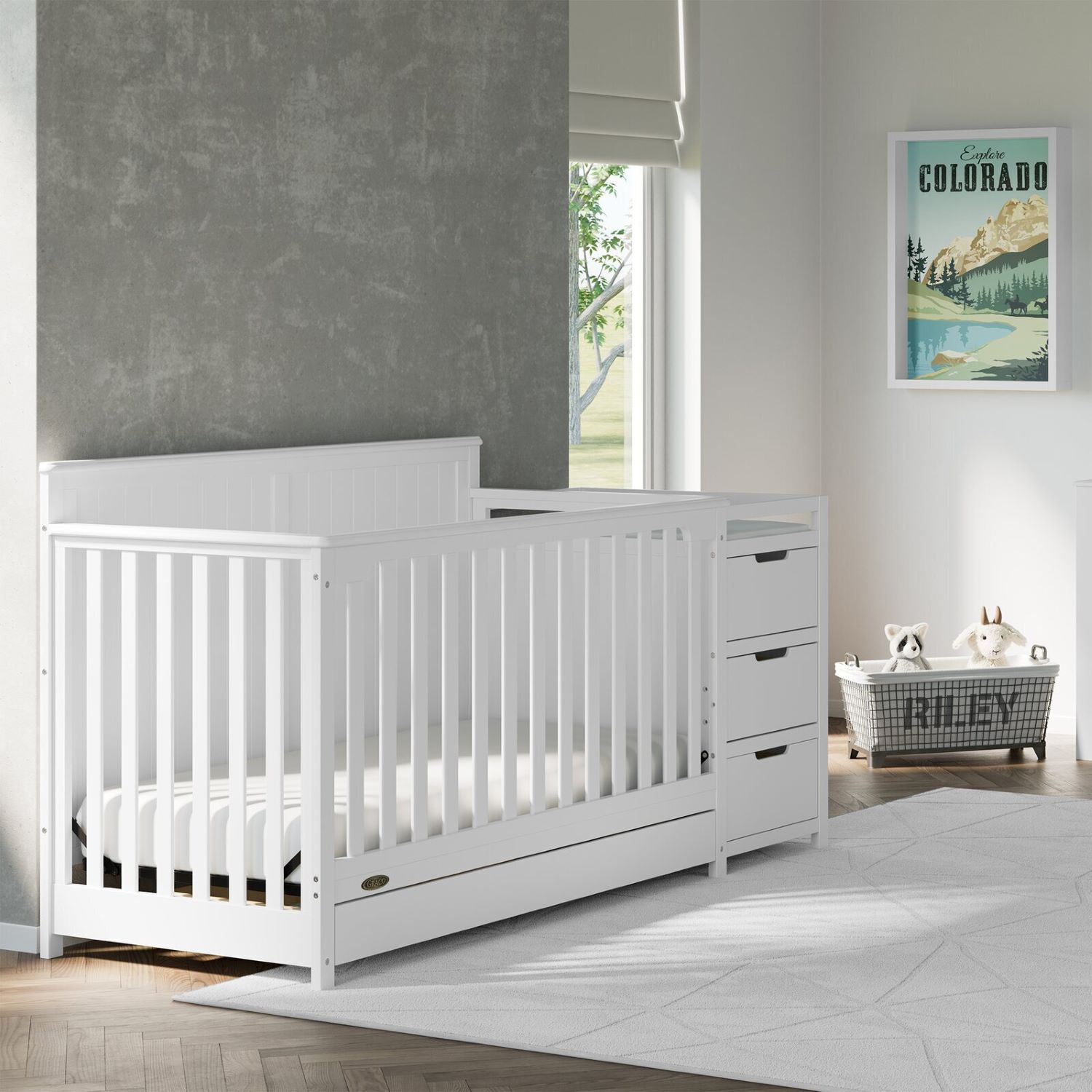

Articles
How To Store A Crib
Modified: October 19, 2024
Looking for articles on how to store a crib? Discover essential tips and tricks to properly store your crib to keep it in great condition for future use.
(Many of the links in this article redirect to a specific reviewed product. Your purchase of these products through affiliate links helps to generate commission for Storables.com, at no extra cost. Learn more)
Introduction
Storing a crib properly is essential to ensure its longevity and keep it in good condition for future use. Whether you are downsizing, preparing for a new addition to the family, or simply need to store the crib temporarily, following the right steps will help protect your investment and make reassembly easier when the time comes.
In this article, we will guide you through the process of storing a crib, from cleaning and disassembling it to choosing a suitable storage space and protecting it during storage. By following these steps, you can ensure that your crib remains in optimal condition and ready for use whenever you need it.
So, let’s dive into the details and learn how to store a crib effectively.
Key Takeaways:
- Properly storing a crib involves cleaning, disassembling, organizing, and protecting its components. Following these steps ensures a well-preserved crib ready for future use.
- Choosing a suitable storage space, protecting the crib from damage, and reassembling it with care are essential for maintaining a safe and comfortable sleeping space for your child.
Read more: How Wide Is A Crib Mattress
Step 1: Clean and Prepare the Crib
Before storing the crib, it is important to clean and prepare it properly. Start by removing any bedding, including sheets, blankets, and bumpers. Launder them according to the manufacturer’s instructions and store them separately in a clean and dry place.
Next, thoroughly clean the crib using a mild detergent and warm water. Wipe down all the surfaces, including the frame, rails, and mattress support. Pay special attention to areas that may have accumulated dust or dirt, such as corners and crevices. Use a soft cloth or sponge to prevent scratching the surfaces.
Once you have cleaned the crib, allow it to air dry completely. This will help prevent the growth of mold and mildew during storage. It is also advisable to apply a non-toxic disinfectant to further ensure cleanliness. Be sure to choose a disinfectant that is safe for use around children.
After the crib has dried, inspect it for any signs of wear and tear. Check for loose screws, broken slats, or damaged parts. If any repairs are needed, fix them before proceeding with the storage process. This will help maintain the structural integrity of the crib and ensure its safety when it is used again.
In addition to cleaning and inspecting the crib, consider applying a child-safe wood polish or sealer to protect the crib’s finish during storage. This can help prevent fading, cracking, or warping of the wood over time. Follow the manufacturer’s instructions for application and allow the polish or sealer to dry completely before moving on to the next step.
Step 2: Disassemble the Crib
Once the crib is clean and prepared, it’s time to disassemble it for storage. Follow the manufacturer’s instructions for disassembly, as the process may vary depending on the crib model.
Start by removing the mattress and setting it aside. Then, carefully detach the crib side rails from the frame. This is usually done by unscrewing or unclipping them. Keep the screws or clips in a labeled bag to ensure they are not misplaced during storage.
Next, detach the crib headboard and footboard from the frame. This may involve removing screws or releasing additional fasteners. Once separated, place the headboard and footboard in a safe and stable position, making sure they are protected from any potential damage.
If your crib has a drop-down side rail, make sure it is secured in an upright position and locked if possible. This will prevent any accidental folding and ensure the crib doesn’t take up unnecessary space during storage.
As you disassemble the crib, take note of the order in which the parts are removed. This will be helpful when it comes time to reassemble the crib in the future.
Once the crib is fully disassembled, inspect all the components for any signs of damage or wear. Replace any broken or worn-out parts before storing the crib. You can contact the manufacturer or a crib retailer to obtain replacement parts if needed.
Remember to take photographs of each disassembled part before storing them. This will serve as a visual guide during reassembly, especially if the crib hasn’t been used for a while.
Label and organize all the crib parts, including screws, clips, and other hardware, in separate bags or containers. Clearly mark each bag or container with the corresponding crib component to avoid confusion later on.
By properly disassembling the crib and organizing its components, you will save space during storage and ensure that the crib can be easily reassembled when needed. Now that the crib is dismantled, let’s move on to the next step of the storage process.
Step 3: Organize and Label the Parts
After disassembling the crib, it’s important to organize and label all the parts to ensure easy and hassle-free reassembly in the future. This step will save you time and prevent any confusion when you decide to use the crib again.
Start by laying out all the crib components in a clean and well-lit area. Arrange them in a logical order, such as grouping together the side rails, headboard, footboard, and hardware. This will help you easily identify and find the necessary parts when it’s time to reassemble the crib.
Next, label each component and the corresponding bag or container containing the hardware. You can use adhesive labels or masking tape to mark each item with clear and descriptive labels. If possible, write down the disassembly order on a separate sheet of paper, or take a photo of the labeled components for reference.
Consider using color-coding techniques to further simplify the organization process. For example, you can assign a different colored label to different groups of components, making it even easier to identify and locate the necessary parts. This can be particularly helpful if the crib has many similar-sized or similar-looking components.
If there are any small or loose parts that cannot be securely attached to the crib, such as nuts, bolts, or screws, place them in a zip-lock bag and tape it to a larger component or secure it inside a labeled container. This will prevent these small parts from getting lost or mixed up with other items during storage.
Store all the labeled and organized crib components in a clean and dry place. If possible, keep them in a designated storage box or container to protect them from dust, moisture, and physical damage. Make sure the storage area is well-ventilated to avoid the buildup of mold or mildew.
It’s also a good idea to keep the instruction manual or assembly guide of the crib in the same storage area. This will come in handy when it’s time to reassemble the crib, as it provides step-by-step instructions and helpful diagrams.
By organizing and labeling all the crib parts, you will have a systematic and efficient storage system that ensures easy retrieval and reassembly. Now that the parts are organized, let’s move on to the next step of the crib storage process.
Step 4: Choose a Suitable Storage Space
Choosing the right storage space for your crib is crucial for its protection and longevity. A suitable storage space will provide the necessary conditions to keep the crib safe from damage caused by environmental factors.
First and foremost, consider the climate conditions of the storage area. It is ideal to store the crib in a dry and well-ventilated space to prevent the buildup of moisture that could lead to mold or mildew growth. Avoid areas that are prone to excessive humidity or extreme temperature fluctuations.
If possible, choose an indoor storage space, such as a dry basement, a climate-controlled room, or a storage closet. These areas offer more protection against dust, pests, and potential accidents compared to outdoor storage options.
Ensure that the storage space is clean and free from potential hazards. Remove any sharp objects, chemicals, or heavy items that could accidentally damage the crib during storage. Clear the area of clutter to provide enough room for the crib components and easy access when needed.
If you need to store the crib outside, make sure it is properly covered and protected. Invest in a high-quality waterproof cover or tarp to shield the crib from rain, snow, and other outdoor elements. Place the covered crib on an elevated platform to prevent water damage and keep it away from direct sunlight to avoid fading or warping of the wood.
It’s important to consider the available space in the storage area. If the crib is fully disassembled, take measurements of the largest crib components to ensure they will fit into the designated storage space. This will help you avoid any last-minute surprises and make the storage process more efficient.
If storing multiple items or furniture alongside the crib, create a clear separation to avoid any potential damage. Use dividers or stack the crib components in an organized manner to maximize the use of space and prevent any shifting or movement during storage.
Lastly, ensure that the storage space is secure. If the crib is being stored in a shared or public area, consider using a locking mechanism, such as a padlock or a cabinet with a lock, to prevent unauthorized access.
By choosing a suitable storage space, you can safeguard your crib from potential damage and ensure it remains in optimal condition until it’s ready for use again. With the storage space chosen, let’s move on to the next step of storing the crib.
Read more: How To Pick A Crib Mattress
Step 5: Store the Mattress and Bedding
Properly storing the mattress and bedding is essential to keep them clean and ready for use when the crib is assembled again. Follow these steps to store the mattress and bedding effectively:
1. Clean the mattress: If the crib mattress has any stains or odors, clean it according to the manufacturer’s instructions. Use a mild detergent and warm water, or consider using a mattress cleaner specifically designed for baby products. Allow the mattress to dry completely before proceeding.
2. Protect the mattress: Place the clean and dry mattress in a mattress storage bag or cover. This will protect it from dust, dirt, and potential damage during storage. Make sure the bag or cover is large enough to fit the mattress comfortably and sealed tightly to prevent any exposure to moisture or pests.
3. Store the mattress flat: If possible, store the crib mattress in a flat position. This will help maintain its shape and prevent any sagging or deformities. Avoid storing the mattress in a folded or bent position, as it can damage the internal structure and impact its comfort and performance.
4. Store the bedding separately: Wash and thoroughly dry all crib bedding components, such as sheets, crib skirts, and blankets, before storing them. Fold them neatly and place them in a clean and dry storage bag or container. Ensure that the storage space is free from moisture and pests to prevent any damage to the bedding.
5. Label the mattress and bedding storage: Use clear labels or tags to identify the mattress and bedding storage containers or bags. This will make it easier to locate them when needed, especially if you have multiple storage containers or bags.
6. Keep the mattress and bedding in a suitable storage area: Store the mattress and bedding in the same storage space as the crib, preferably in a clean and well-ventilated area. Keep them away from direct sunlight, extreme temperatures, and any potential sources of moisture or pests.
By following these steps, you can ensure that the crib mattress and bedding remain clean, protected, and ready for use when the crib is reassembled. With the mattress and bedding stored properly, let’s move on to the next step in crib storage.
When storing a crib, disassemble it if possible to save space. Store the pieces in a clean, dry area to prevent mold and mildew. Consider using a crib storage bag to keep all the parts together.
Step 6: Store the Crib Frame and Rails
Properly storing the crib frame and rails is essential to protect them from damage and ensure they are ready for reassembly when needed. Follow these steps to store the crib frame and rails effectively:
1. Clean and dry the frame and rails: Before storing the crib frame and rails, make sure they are clean and free from any dust or debris. Use a mild detergent and warm water to wipe down all surfaces. Allow them to dry completely to prevent the growth of mold or mildew during storage.
2. Wrap and protect the frame and rails: To prevent scratches or other damage, wrap the crib frame and rails in a protective material, such as bubble wrap or moving blankets. This will provide an extra layer of cushioning and protection during storage. Secure the wrapping with tape or zip ties to keep it in place.
3. Keep the frame and rails together: If possible, store the crib frame and rails together in the same storage area. This will make it easier to find and retrieve them when it’s time to reassemble the crib. If the frame and rails cannot be stored together, label and organize them in separate containers or bags.
4. Store the frame and rails horizontally: When storing the crib frame and rails, it is best to keep them in a horizontal position. This helps distribute weight evenly and prevents any bending or warping of the frame or rails. If you need to stack them, place a protective barrier, such as a layer of foam or cardboard, between each piece to prevent scratching or damage.
5. Label the storage containers or bags: Use clear labels or tags to identify the storage containers or bags containing the crib frame and rails. This will help you easily locate them when you are ready to reassemble the crib.
6. Store in a suitable storage space: Keep the wrapped crib frame and rails in a dry and well-ventilated storage area. Make sure the space is free from moisture, pests, and any potential sources of damage. Avoid storing them in areas with extreme temperatures or direct sunlight, as this can affect the quality and integrity of the materials.
By following these steps, you can ensure that the crib frame and rails are stored safely and remain in good condition until they are needed again. With the frame and rails stored properly, let’s move on to the next step in crib storage.
Step 7: Store the Crib Hardware and Accessories
Properly storing the crib hardware and accessories is essential to ensure that all the necessary components are readily available when it’s time to reassemble the crib. Follow these steps to store the crib hardware and accessories effectively:
1. Gather all the hardware and accessories: Collect all the screws, bolts, clips, and other hardware that belong to the crib. Double-check that you have all the necessary components before proceeding with the storage process.
2. Clean and organize the hardware: Inspect the hardware for any dirt or debris and clean it using a mild detergent and warm water. Dry the hardware completely before proceeding with the storage process.
Organize the hardware in separate bags or containers based on their functionality. For example, group together all the screws in one bag, bolts in another, and so on. This will make it easier to find the specific hardware pieces when you need them.
3. Label the hardware containers: Use clear labels or tags to identify each bag or container containing the crib hardware. Clearly mark what each bag or container contains, such as “screws,” “bolts,” “clips,” etc. This will aid in locating the right hardware pieces during the reassembly process.
4. Store the hardware and accessories together: Keep the labeled hardware bags or containers in a designated area together with other crib accessories, such as teething rail covers or mobile attachments. This will ensure that all the necessary components are stored in one place and easily accessible when needed.
5. Protect small hardware pieces: Securely tape or seal small hardware pieces, such as screws or clips, to larger components or store them in small zip-lock bags. This will prevent them from getting lost or mixed up with other items during storage.
6. Store in a safe and dry place: Keep the hardware and accessories in a clean and dry storage space. Avoid areas with excessive moisture or temperature fluctuations, as this could lead to rust or other damage to the hardware. Ensure that the storage area is well-ventilated to prevent the buildup of mold or mildew.
By following these steps, you can ensure that the crib hardware and accessories are stored safely and remain easily accessible for reassembly. With the hardware and accessories stored properly, let’s move on to the next step in crib storage.
Step 8: Protect the Crib During Storage
To ensure that your crib remains in good condition during storage, it is important to take certain measures to protect it from potential damage. Follow these steps to protect the crib effectively:
1. Cover the crib: Consider using a fitted crib cover or a large clean sheet to cover the disassembled crib. This will provide an additional layer of protection against dust, dirt, and potential scratches during storage.
2. Avoid stacking heavy items on top: When storing the crib, make sure to avoid placing heavy items on top of it. Excessive weight can cause damage to the crib frame or other components. Keep the storage area organized to prevent any accidental falls or bumps onto the crib.
3. Maintain proper ventilation: Ensure that the storage area is well-ventilated to prevent the buildup of moisture. Adequate airflow will help prevent the growth of mold or mildew on the crib or its components.
4. Prevent pest infestation: Take measures to protect the crib from pests, such as insects or rodents. Consider using pest repellent products, placing mothballs, or using natural deterrents like lavender sachets or cedar chips. Regularly inspect the storage area for any signs of pest activity.
5. Avoid exposure to direct sunlight: If storing the crib in an outdoor or partially exposed area, consider using a UV-resistant cover or positioning it away from direct sunlight. Prolonged exposure to sunlight can cause the crib’s finish to fade or warp over time.
6. Regularly check on the crib: Periodically inspect the crib during storage to ensure there are no signs of damage, pests, or mold growth. This will allow you to address any issues promptly and prevent further damage.
7. Store manuals and instructions: Keep the crib’s instruction manual and assembly guide in a safe place within the storage area. This will serve as a useful reference when it’s time to reassemble the crib, ensuring a smooth and proper setup.
Taking these measures to protect the crib during storage will help maintain its integrity and ensure that it is in excellent condition when it’s time to use it again. Now that you have taken steps to protect the crib, let’s move on to the final step of this process.
Read more: How To Raise A Crib Mattress
Step 9: Reassemble the Crib when Needed
When the time comes to reassemble the crib, follow these steps to ensure a smooth and safe setup:
1. Refer to the instruction manual: Start by referring to the crib’s instruction manual or assembly guide. This will provide you with step-by-step instructions and diagrams on how to properly reassemble the crib.
2. Lay out the components: Lay out all the labeled and organized crib components in a clean and well-lit area. Make sure you have all the required parts and hardware before proceeding.
3. Follow the assembly order: Use the disassembly order that you noted down or the photos you took as a reference to follow the correct assembly order. This will ensure that all the components are put together in the right sequence.
4. Secure the frame and rails: Begin by reassembling the crib frame and attaching the rails according to the manufacturer’s instructions. Use the labeled hardware bags or containers to find the necessary screws, bolts, or clips. Tighten them securely, but be careful not to overtighten and damage the crib.
5. Install the mattress support: If the crib has an adjustable mattress support, reattach it to the crib frame at the desired height. Follow the manufacturer’s instructions to ensure it is properly installed and secure.
6. Install the mattress and bedding: Once the crib is fully assembled, place the clean and dry crib mattress onto the mattress support. Dress the crib with the freshly laundered bedding, including sheets, blankets, and any other accessories you desire.
7. Inspect for safety: Before placing your child in the crib, carefully inspect it to ensure there are no loose screws, damaged parts, or any other potential safety hazards. Check that all the railings are secure, and the mattress is properly fitted.
8. Test the stability: Gently shake the crib to test its stability. The crib should not wobble or feel unsteady. Make any necessary adjustments or tighten any loose components to ensure the crib is stable and secure.
By following these steps, you can confidently reassemble the crib and provide a safe and comfortable sleeping space for your child.
Remember to always prioritize safety and regularly inspect the crib for any signs of wear or damage. If you have any concerns or questions during the reassembly process, consult with the crib manufacturer or a qualified professional.
Congratulations! You have successfully completed the process of storing and reassembling your crib. Enjoy the peace of mind and convenience of having a well-preserved crib ready for use whenever you need it!
Conclusion
Properly storing a crib is essential to protect it from damage and ensure its longevity. By following the step-by-step process outlined in this article, you can safely store your crib and have it ready for use when needed.
Starting with cleaning and preparing the crib, disassembling it, and organizing and labeling the parts, each step plays a crucial role in ensuring an efficient storage process. Choosing a suitable storage space, protecting the crib during storage, and properly storing the mattress, bedding, frame, and accessories are all important considerations.
When the time comes to reassemble the crib, refer to the instruction manual and follow the correct assembly order. Take the necessary precautions to ensure proper installation and check for any potential safety hazards.
Remember, the key to successful crib storage is cleanliness, organization, and protection. By taking the time to properly store your crib, you can extend its lifespan and maintain its quality.
Always prioritize safety, regularly inspect the crib for any signs of damage, and consult with the crib manufacturer or a professional if you have any concerns.
With these guidelines in mind, you can confidently store and reassemble your crib, providing a safe and comfortable sleeping space for your child whenever the need arises.
So go ahead, follow these steps, and enjoy the convenience of having a well-preserved crib ready for use whenever you need it.
Once you've mastered crib storage, why stop there? Elevate your organizational skills with our guide on home storage solutions, packed with clever ideas to declutter and maximize space in every room. For those with a taste for elegance, our tips on furniture care will ensure your leather pieces remain pristine and stylish through years of enjoyment. Dive into these reads to enhance your home’s functionality and aesthetics!
Frequently Asked Questions about How To Store A Crib
Was this page helpful?
At Storables.com, we guarantee accurate and reliable information. Our content, validated by Expert Board Contributors, is crafted following stringent Editorial Policies. We're committed to providing you with well-researched, expert-backed insights for all your informational needs.
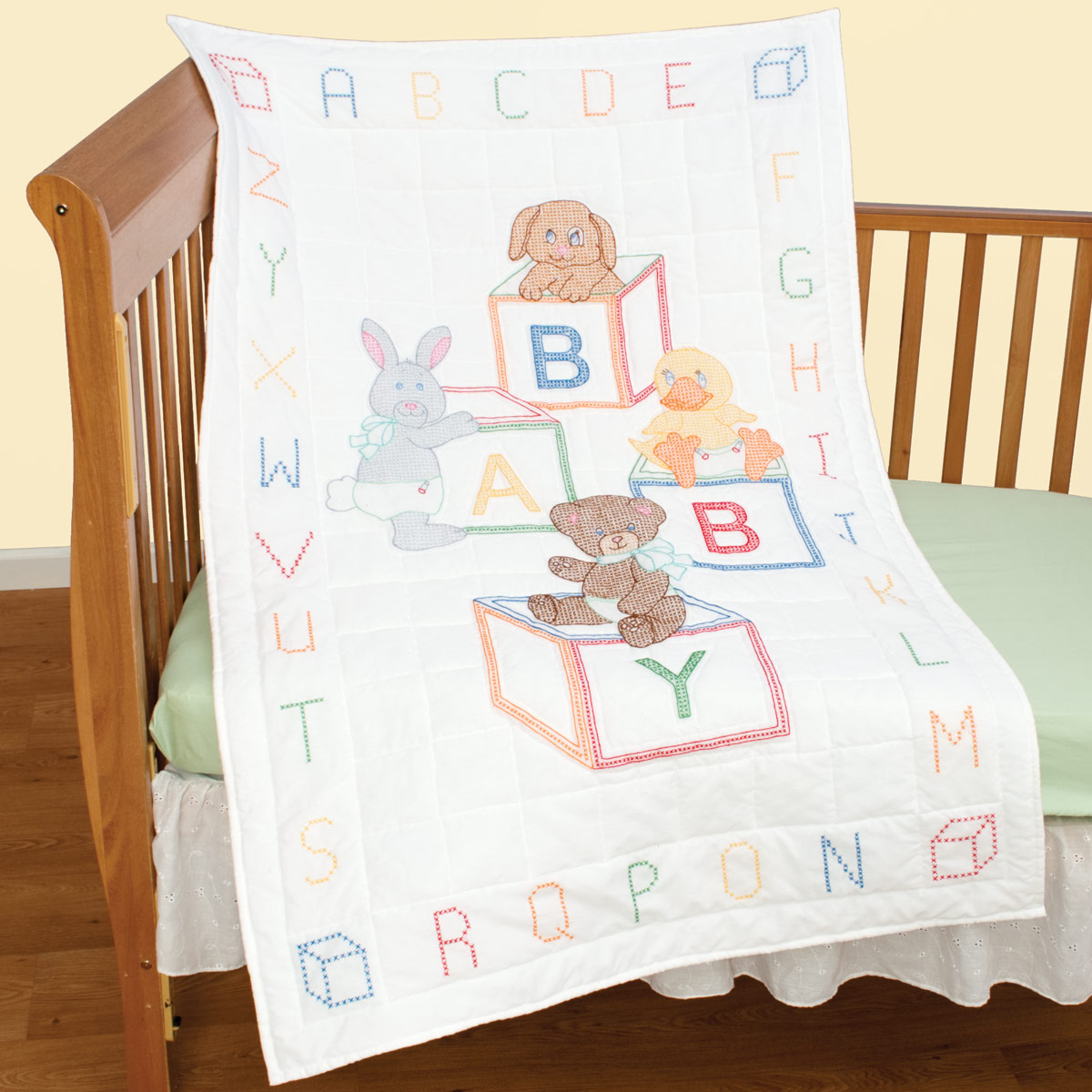

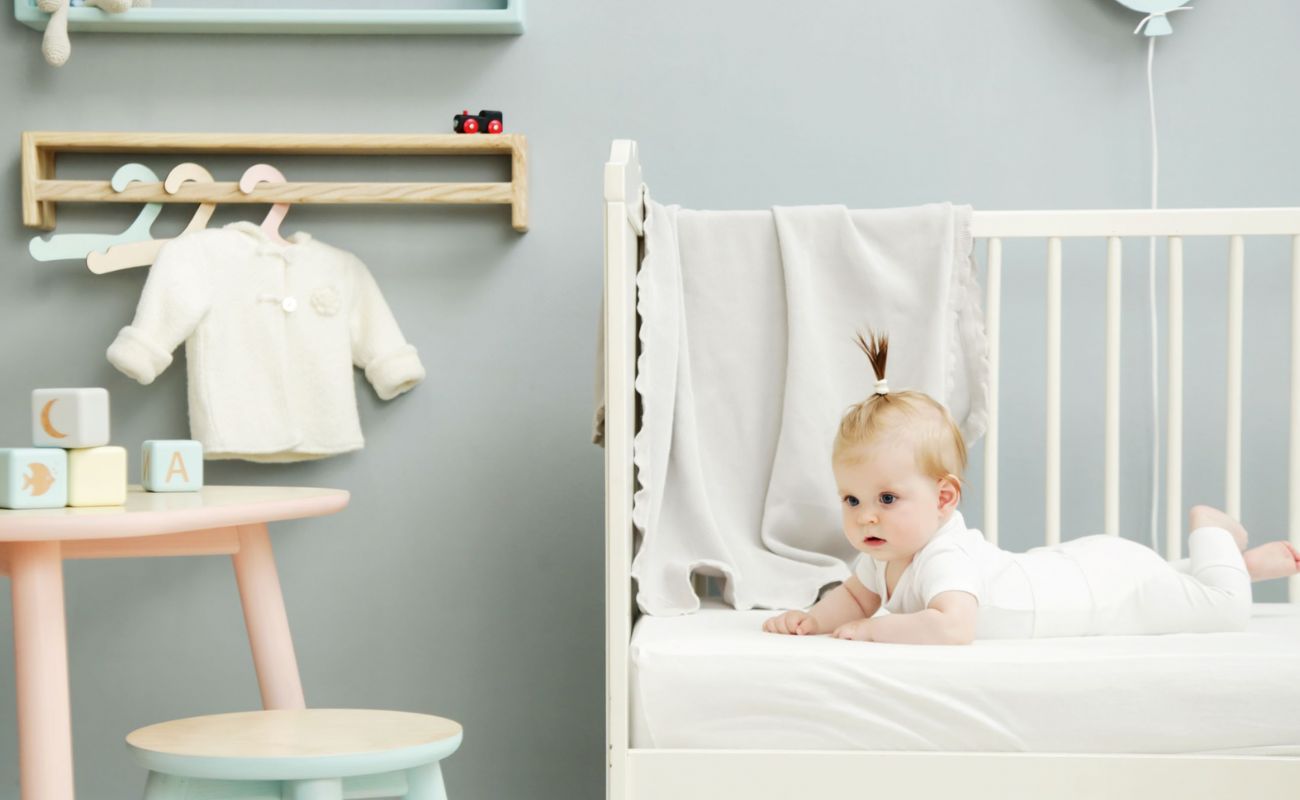
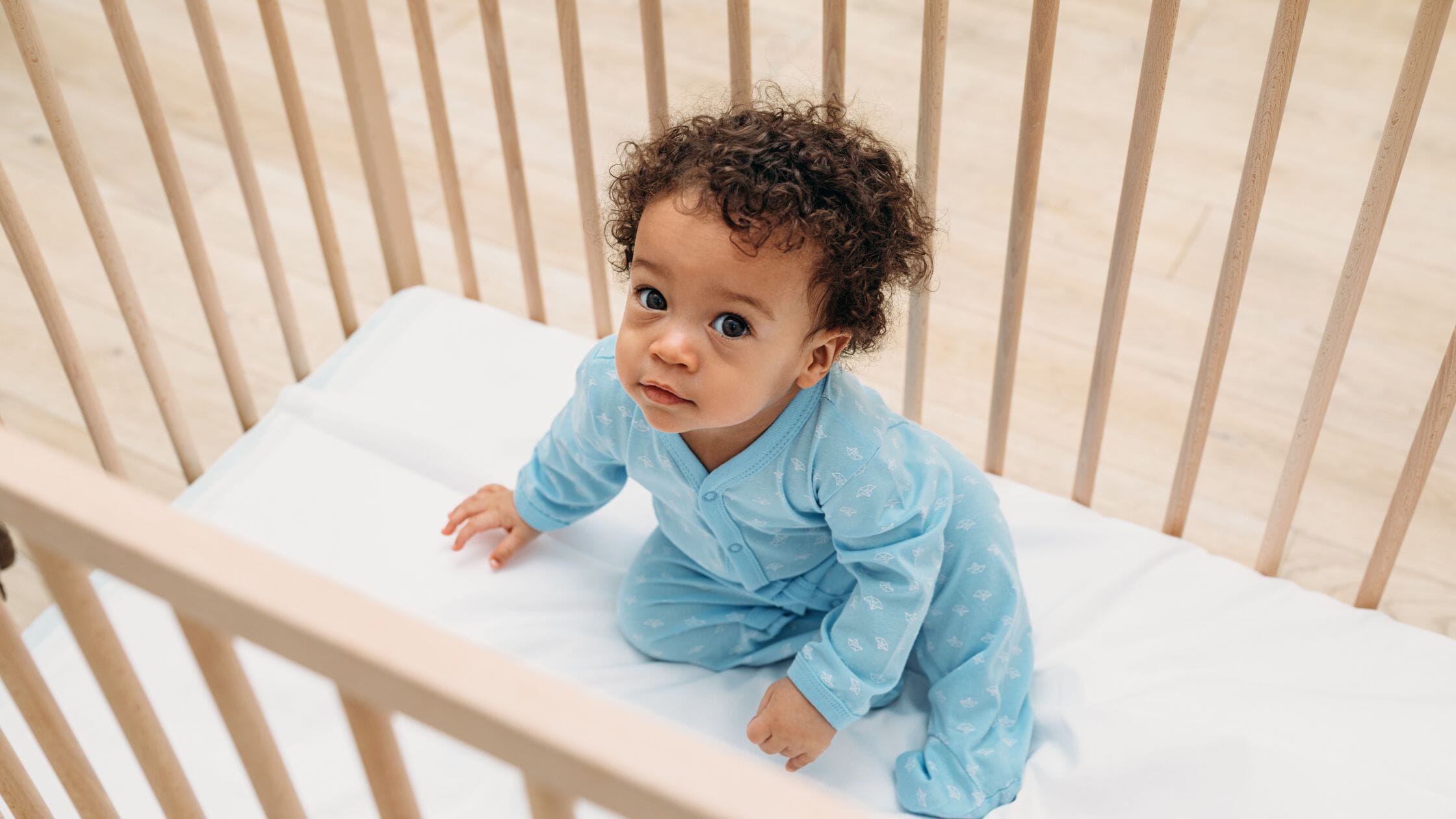
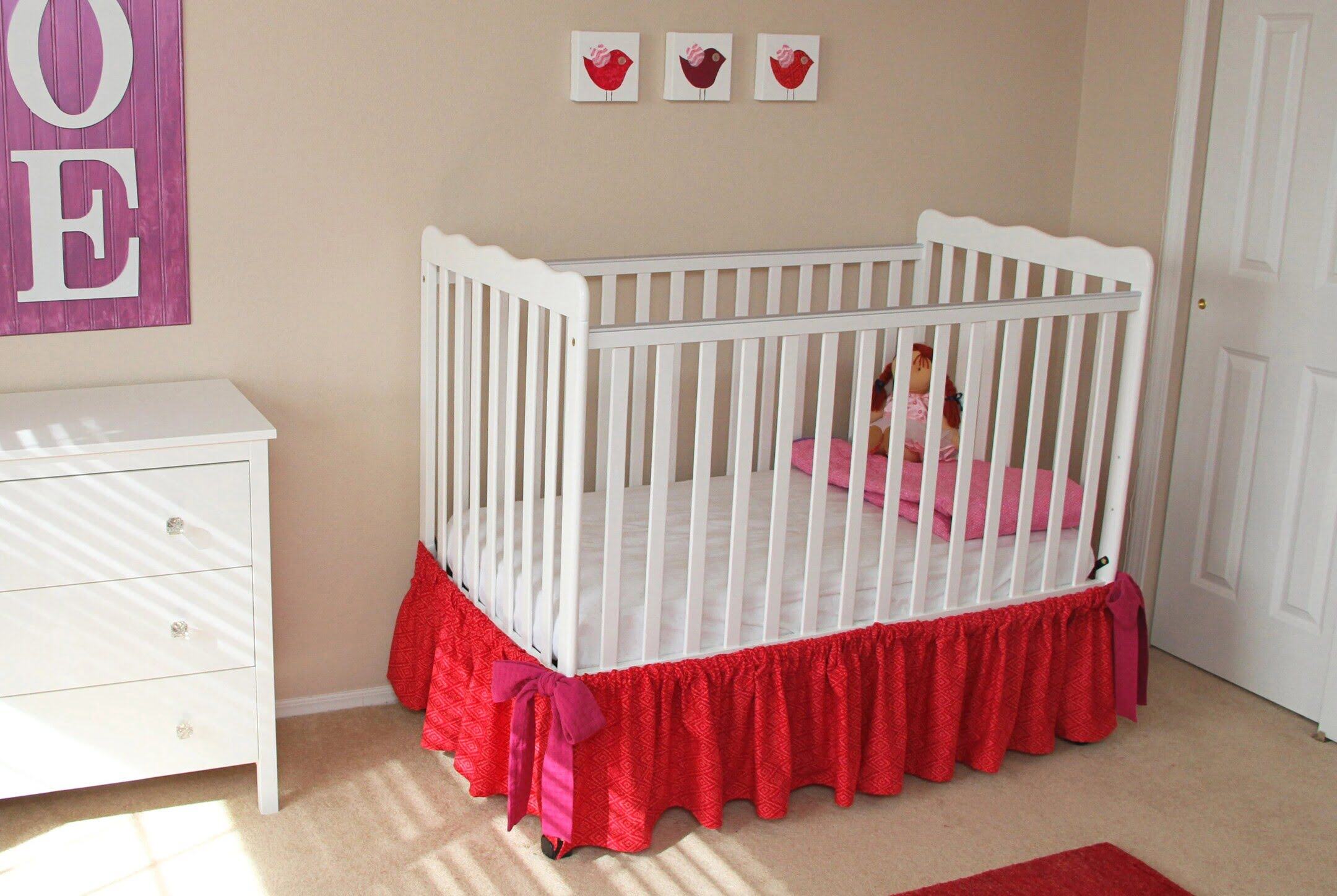
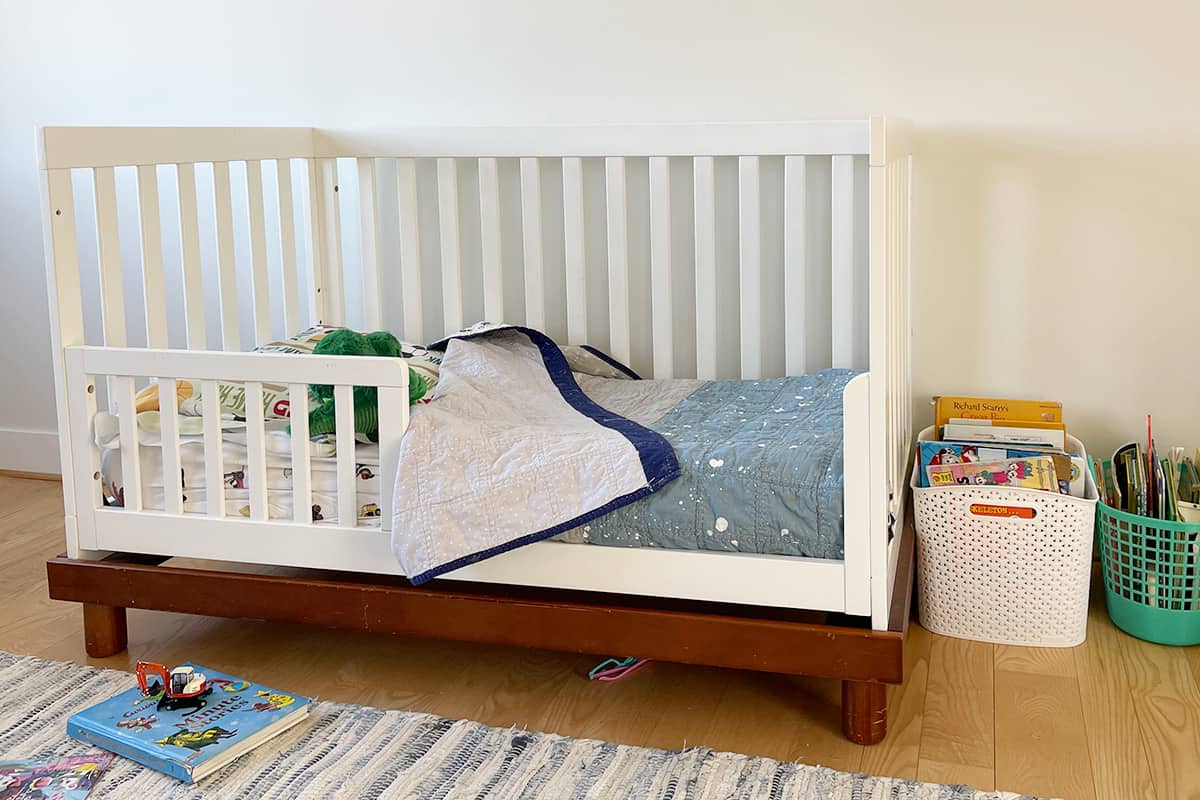
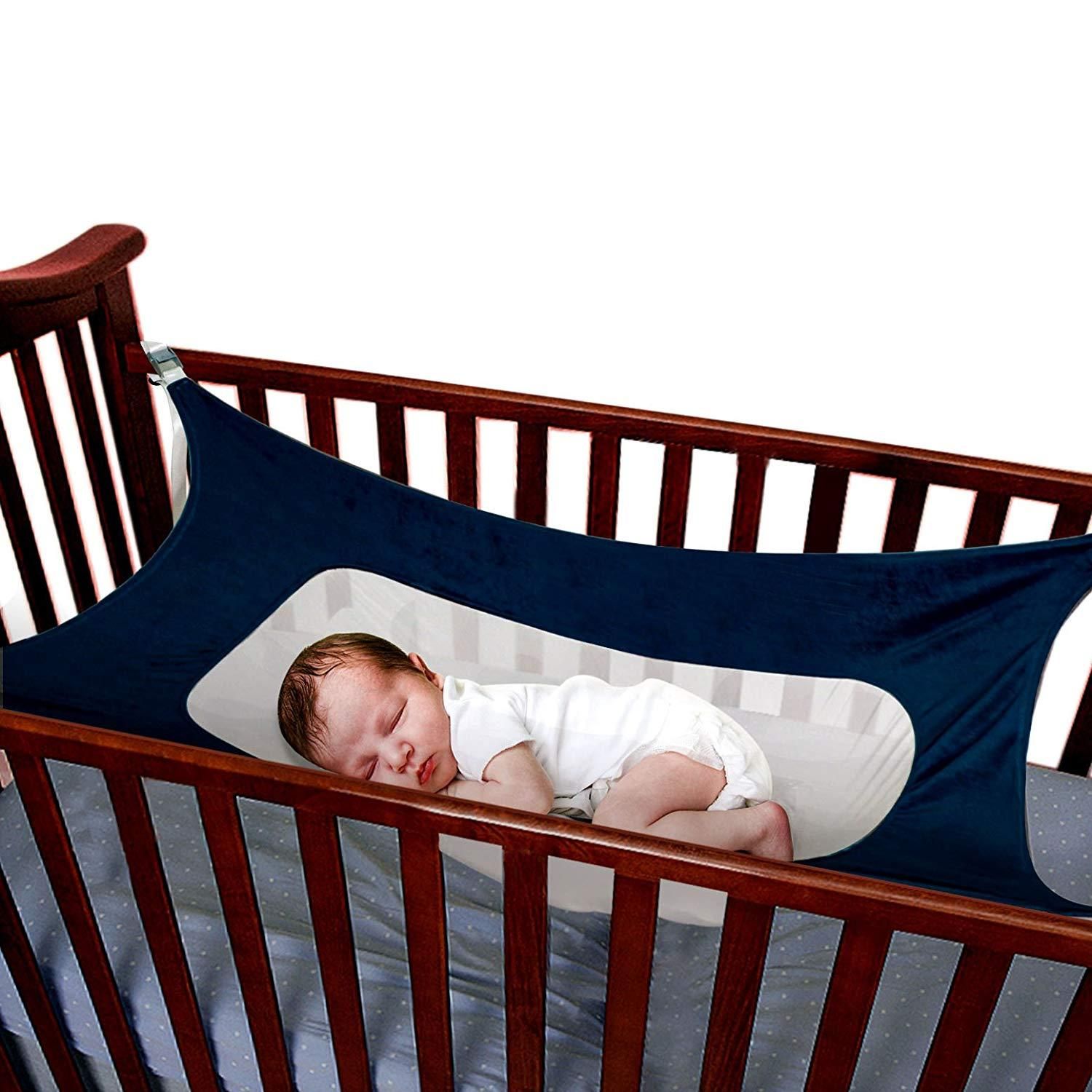
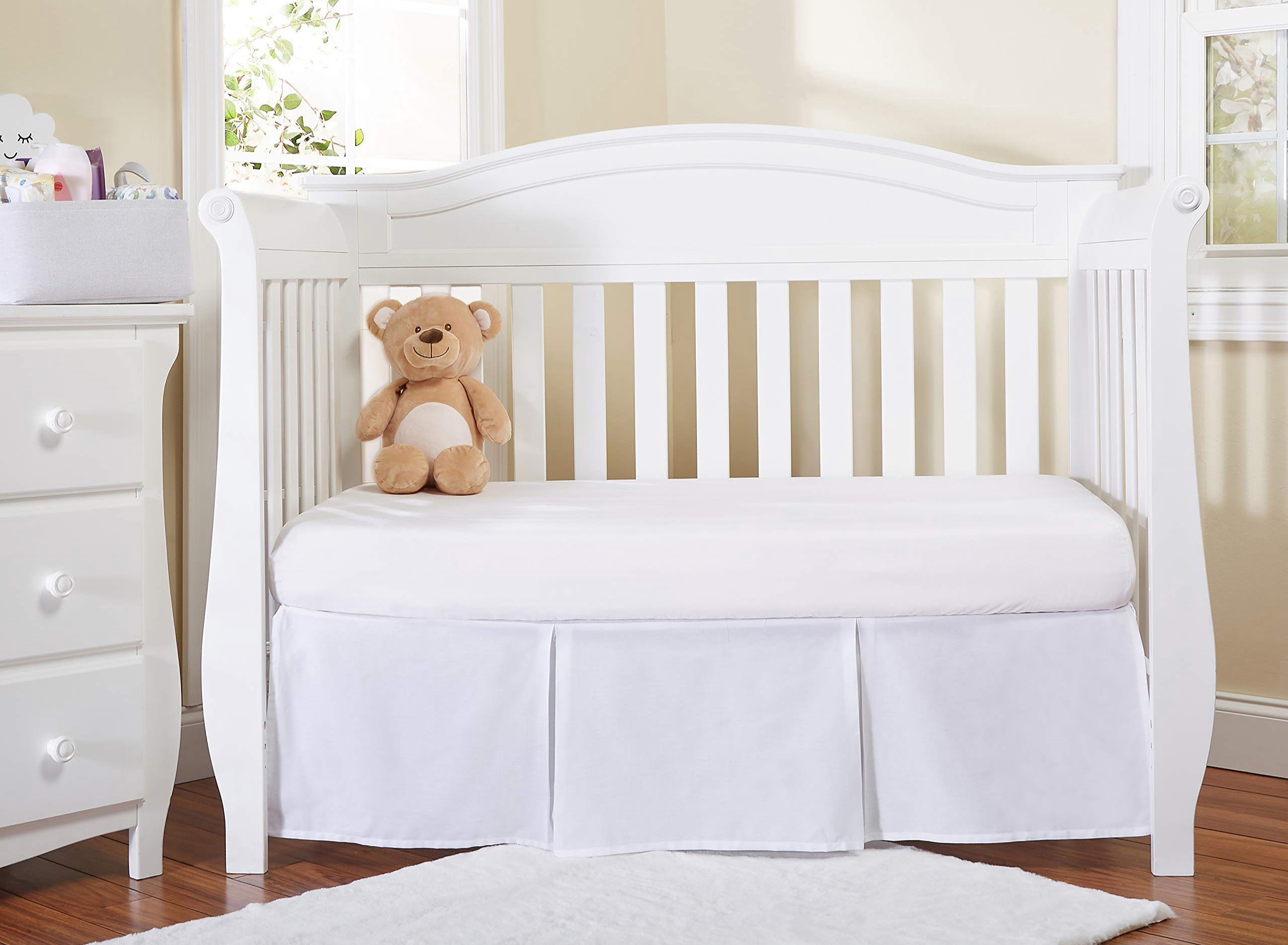

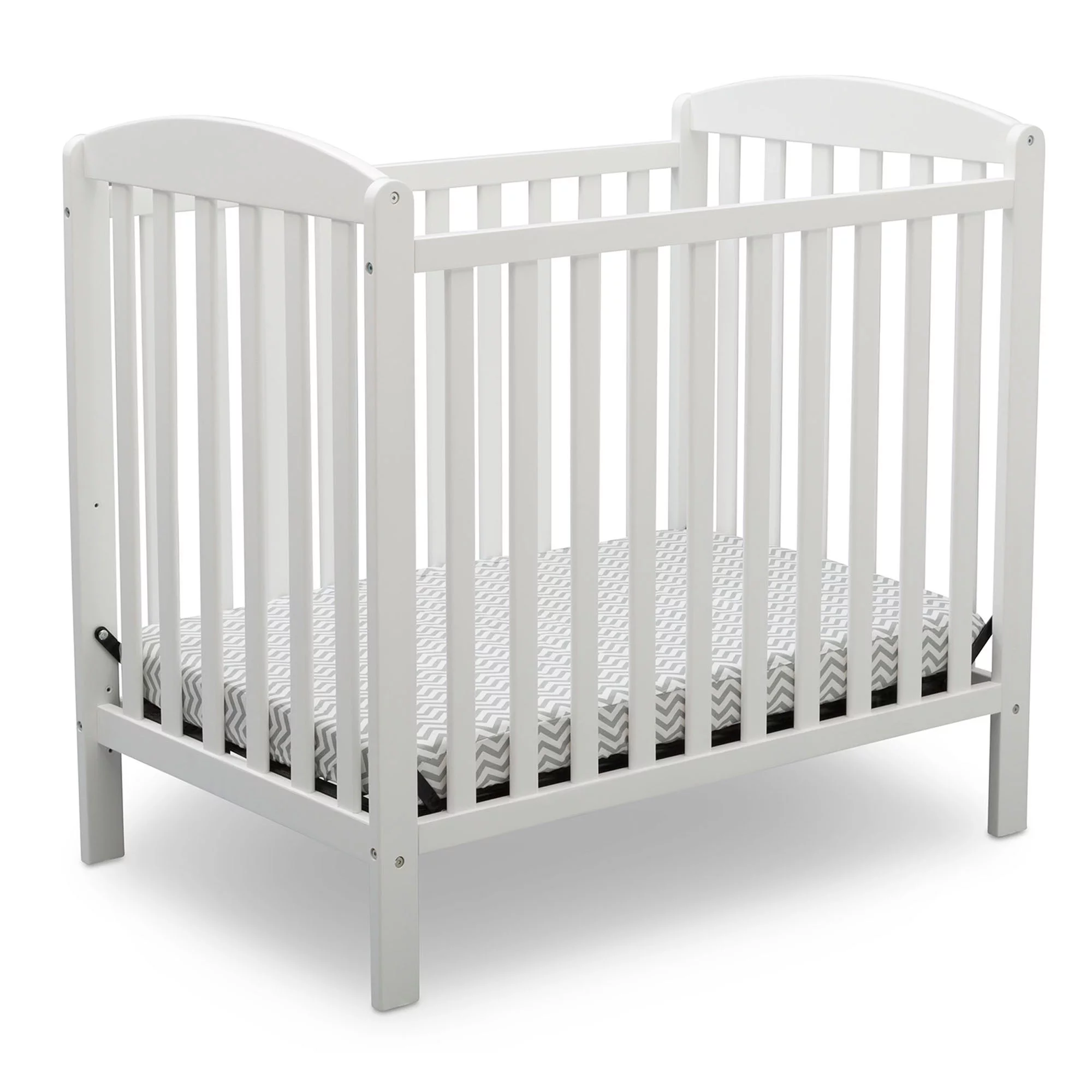
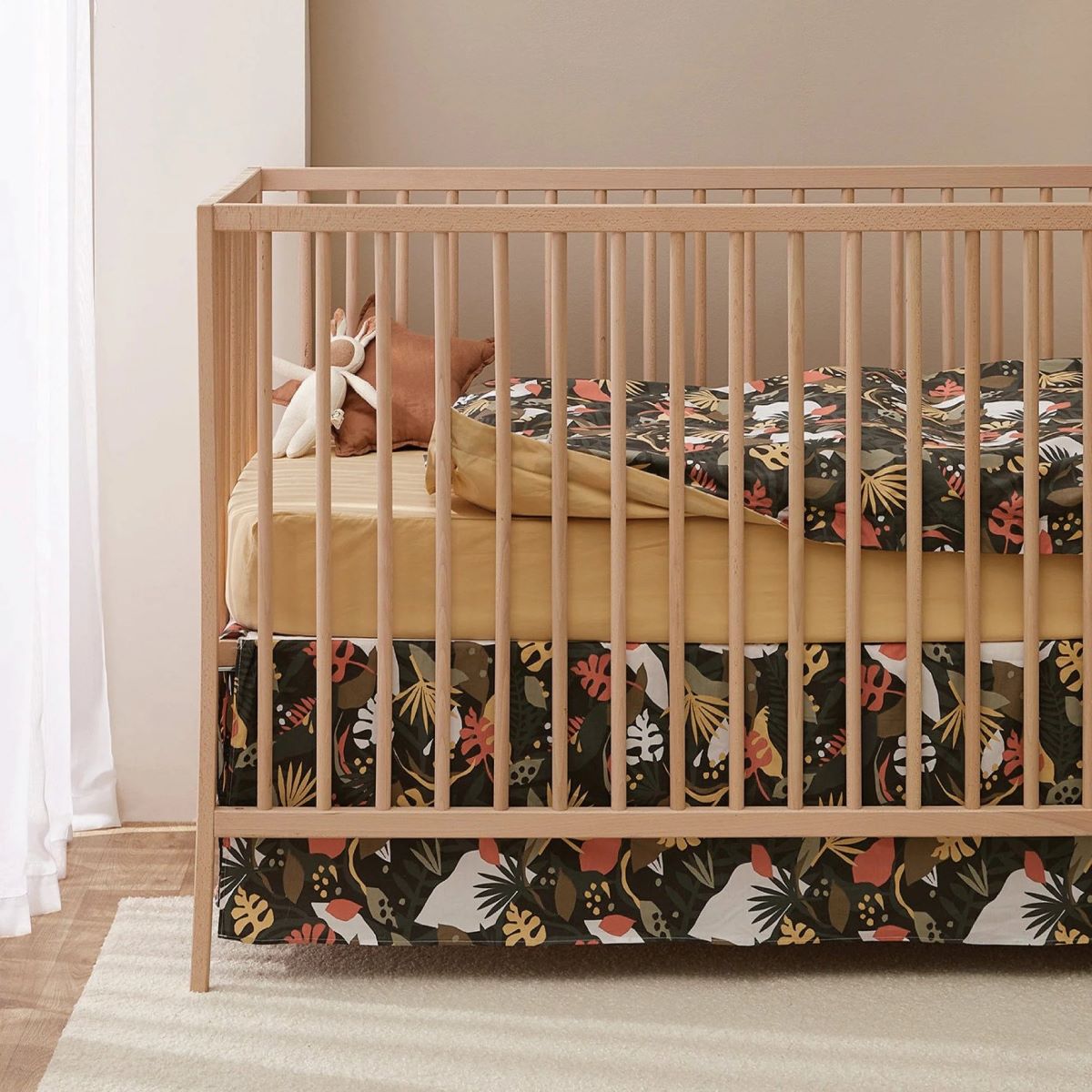
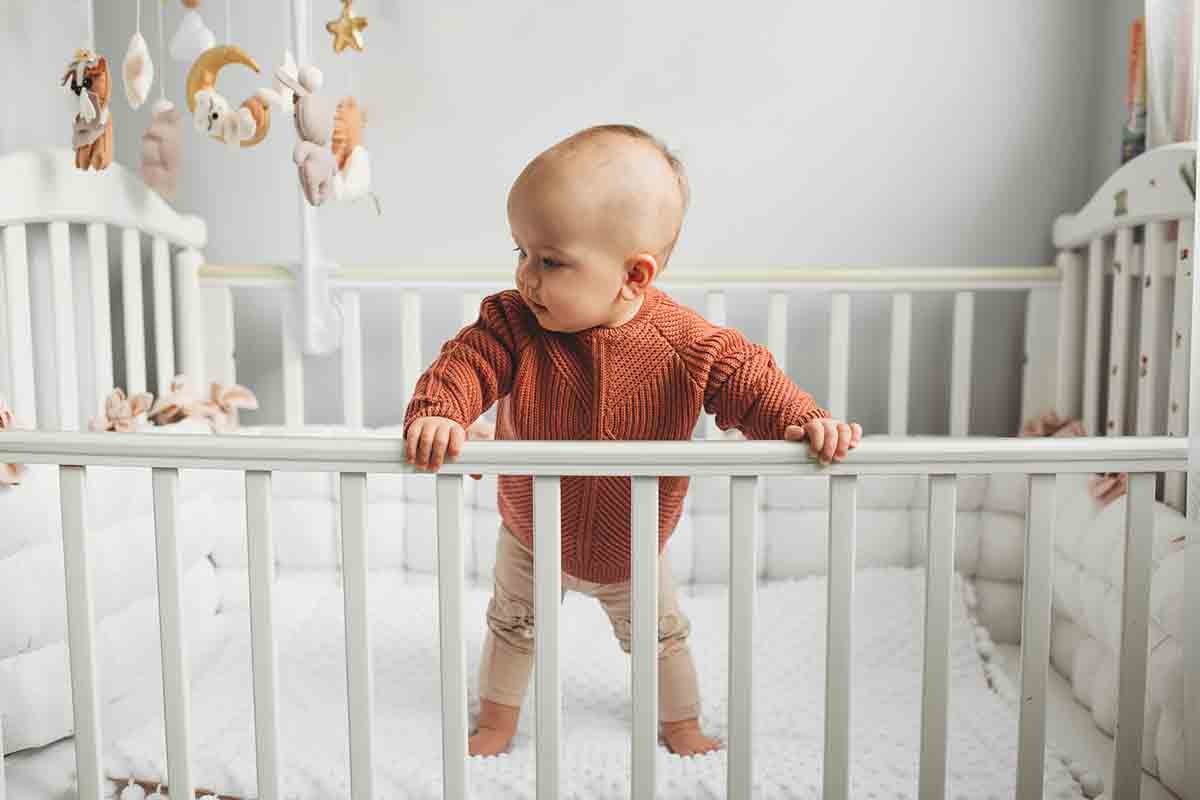
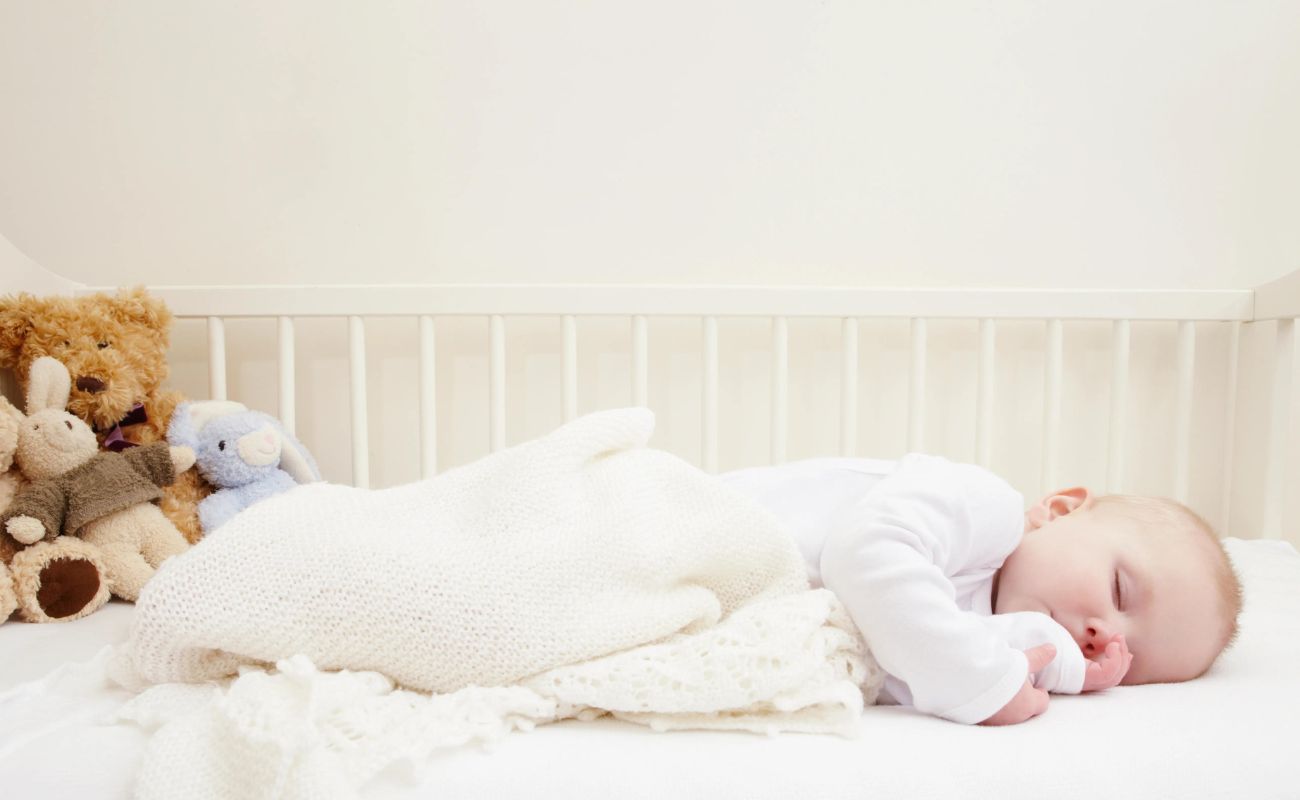

0 thoughts on “How To Store A Crib”